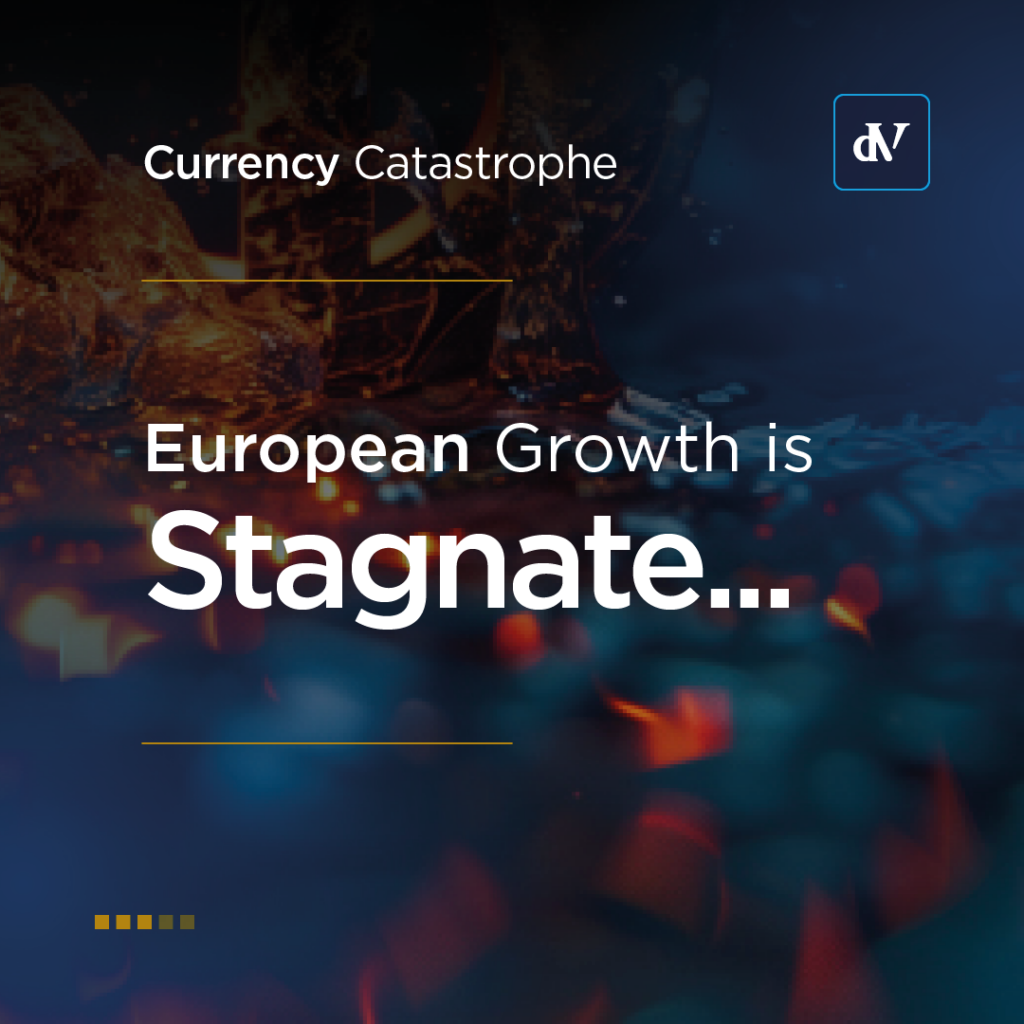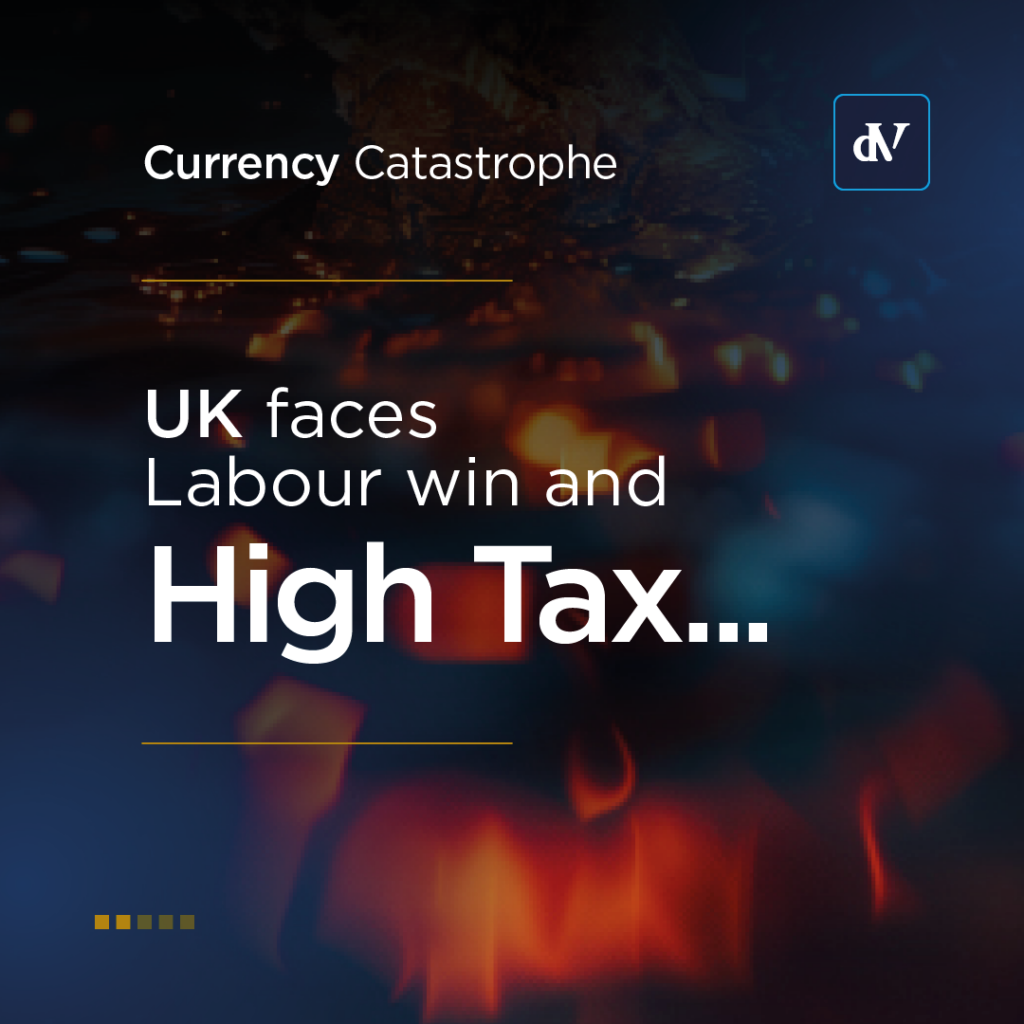|
Getting your Trinity Audio player ready...
|
The rise in popularity and value of non-fungible tokens (NFTs) has been swift and dramatic.
For the uninitiated, NFTs are digital assets that can contain any type of digital content, from video to art to music.
From an unknown quantity just a few short years ago, NFTs are worth millions of dollars today.
Even stodgy traditional auction houses like Sotheby’s and Christie’s are raring to get into the game. In fact, the most expensive NFT sold to date, Beeple‘s ‘Everydays: The First 5,000 Days’, was sold at Christie’s.
Observers are divided by all of this. The future of NFTs seems bright, but naysayers point out, accurately, that sudden spikes in value are often followed by precipitous falls. For instance, tulips in the 17th century and Beanie Babies in the 1990s were worth crazy amounts of money at their peak.
While the rise of NFTs is no doubt exciting, especially for speculators, it’s vital to remember that the success of any new technology is not assured. What’s more, given the current mania around NFTs and their potential for fraud and theft, it’s important to exercise caution when investing in this space.
NFTs are at their hottest now but what will the future hold for them? Will they become a permanent part of the digital landscape or will it be a historical anomaly just like tulips and Beanie Babies before them?
The Future of NFTs
There are a few key factors that will determine the sustainability of NFTs.
- The first is user adoption. If people don’t use and interact with NFTs, they have no value.
- The second is security. If users can’t trust that their NFTs are secure, they won’t use them.
- The third is the perception of fairness from users. If people feel like there’s an uneven playing field when it comes to acquiring and using NFTs, they will avoid them regardless of their value in the marketplace.
Most importantly, as the world grapples with climate change, it’s also important to consider the environmental costs of NFTs.
NFTs might not seem like they require tons of resources to mint, but they do. The more NFTs that are minted, the more resources are used. And that’s just to mint your NFTs. Selling them in ‘Blockchain drops’ requires the use of even more energy.
One French artist, Joanie Lemercier, listed six NFTs for sale in early 2021. It sold out in 10 seconds. Lemercier, who is also a climate activist, later learned that his sale used 8.7 megawatt-hours of energy – representing two years of energy use in his own studio.
It doesn’t stop there. As Lemercier’s NFTs change owners, they will require additional energy to complete the transfer. Reducing carbon emissions is key to alleviating climate change, but that’s not possible if we’re quick to adopt a technology with high carbon emissions behind it.
What’s at Stake?
NFTs hold tremendous potential to make the world a better place. But if we don’t address issues around fairness and sustainability early on, we could find ourselves in a dire situation.
The more people invest in NFTs as they are currently designed, the greater their need for energy. As the NFT market booms, artists will be pushed to create more and more NFTs. The need for resources will continue to grow, putting an even greater strain on the environment.
We need to find a way to make sure that NFTs can be created and used without harming the planet. We also need to find ways for users to interact with them in a fair and equal manner.
The Challenges of Sustainability and Fairness That Remain
While NFTs hold tremendous potential, their sustainability is still in question. Users need to feel like they’re getting a fair shake when it comes to investing in or using them, which means that creators will have to do double-duty in making sure that users are happy and that the environment is protected.
There’s also the major issue of climate change and how NFTs are contributing to it. As the NFT market continues to grow, artists will be incentivized (and likely pushed) to create more and more unique digital assets at a faster clip, which means they’ll have a greater need for electricity, which typically use fossil fuels.
It remains to be seen whether NFTs will have a sustainable future. But we must start thinking about these issues now before they become too big to ignore.
Written by Bash Sarmiento



